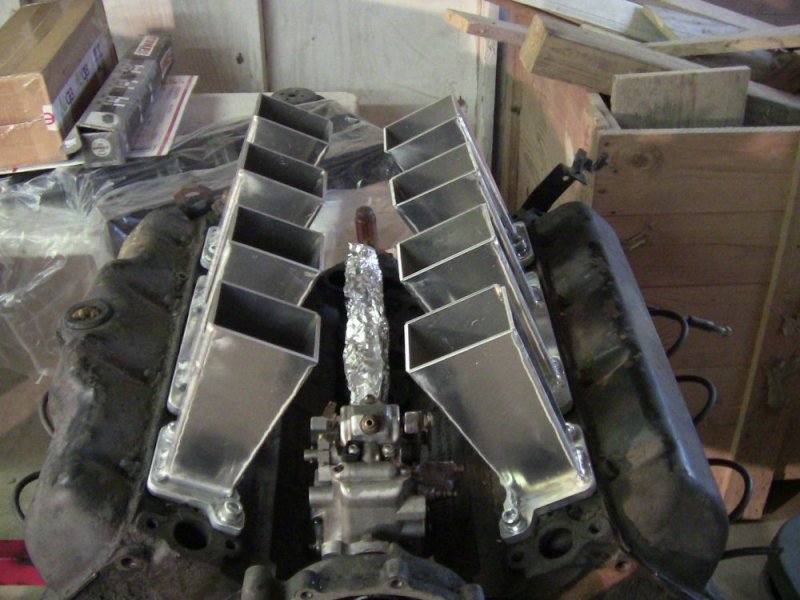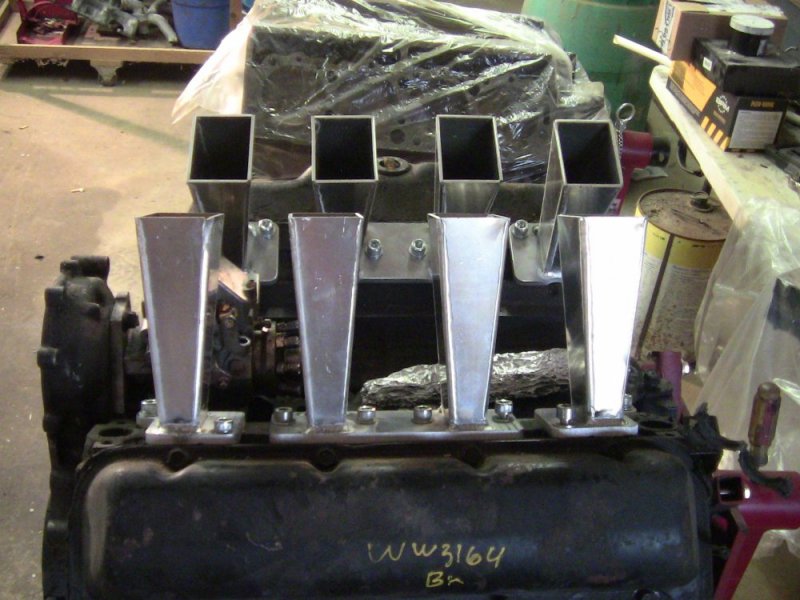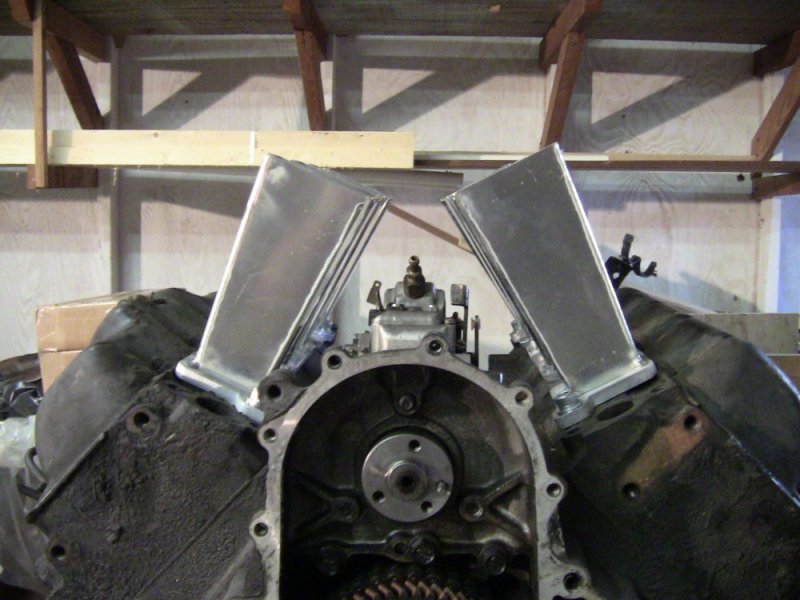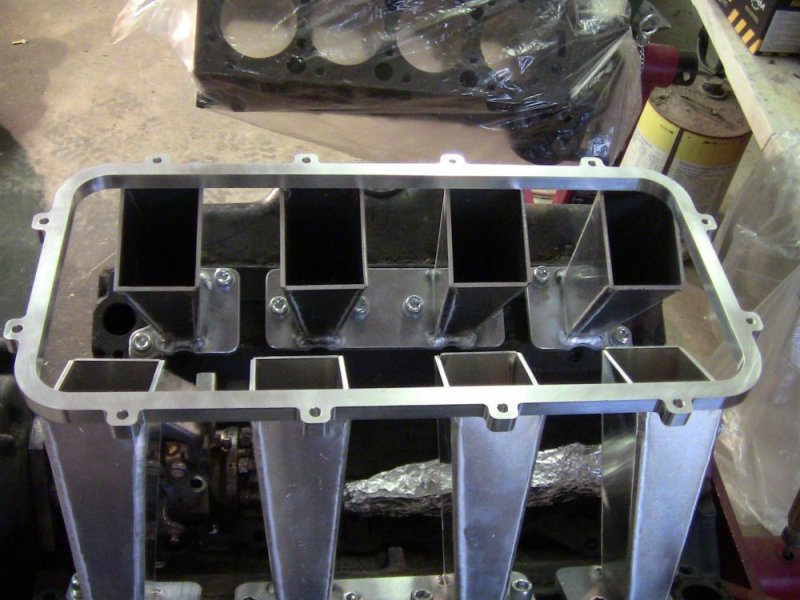Will L.
Well-Known Member
No, the difference of intakes is n/a vs boosted. There is no throttle plate, but the turbo acts as one for the reflective pressure wave. That’s why back when this started as an intake thread I mentioned running the runners. They don’t bring the greatest results in n/a engines, but boosted ones. Window sticker copy cat kids just started doing it on n/a gasser cars because they could afford an intake and hoped for a turbo later. Then the trend caught on and stores sell whatever people buy wether it helps or not.
The reason I said tune the runners is because it is a math problem and fabrication isn’t crazy to do. Round to rectangular takes time, but Chris is a pro welder.
There are better designed intakes for turbo diesel, but without a software to follow the actions, it’s a gamble.
think exhaust systems for a minute. Scavenging has far greater effect on non turbo engines because the volume change at the pressure differential creates a low pressure which helps draw the exhaust out of the nextcylinder. Add a turbo and the increase of back pressure kills a lot of that effect, but having it still helps. However the range of error in design is much smaller because of it.
That scavenger is all about valve overlap and how it relates to the pressure in the header (exhaust manifold).
Now you have a pressurized manifold (from turbo) and valve overlap of the intake valves.
But what psi from a turbo vs the exhaust header in non turbo engine? HUGE difference. So how small is that window for error before that scavenger effect- in this case disrupted air flow- kills all the gains one hopes for?
GM and the Duramax engines- just sketched it up on a napkin? Yeah right! Then Banks spent how many dollars in labor and software redesigning the intake for better performance?
The reason I said tune the runners is because it is a math problem and fabrication isn’t crazy to do. Round to rectangular takes time, but Chris is a pro welder.
There are better designed intakes for turbo diesel, but without a software to follow the actions, it’s a gamble.
think exhaust systems for a minute. Scavenging has far greater effect on non turbo engines because the volume change at the pressure differential creates a low pressure which helps draw the exhaust out of the nextcylinder. Add a turbo and the increase of back pressure kills a lot of that effect, but having it still helps. However the range of error in design is much smaller because of it.
That scavenger is all about valve overlap and how it relates to the pressure in the header (exhaust manifold).
Now you have a pressurized manifold (from turbo) and valve overlap of the intake valves.
But what psi from a turbo vs the exhaust header in non turbo engine? HUGE difference. So how small is that window for error before that scavenger effect- in this case disrupted air flow- kills all the gains one hopes for?
GM and the Duramax engines- just sketched it up on a napkin? Yeah right! Then Banks spent how many dollars in labor and software redesigning the intake for better performance?




